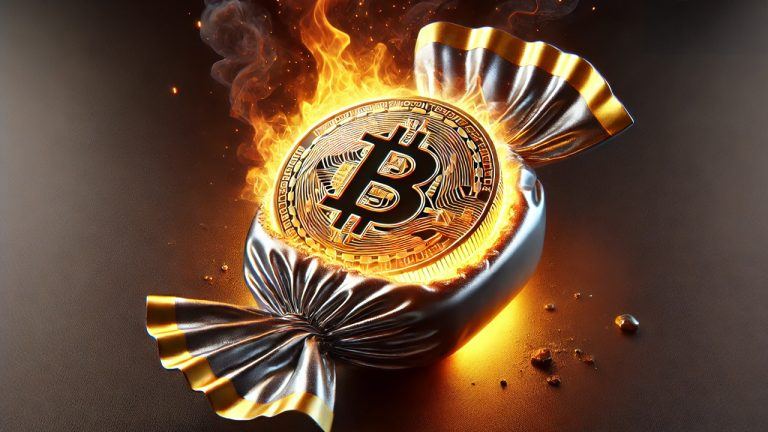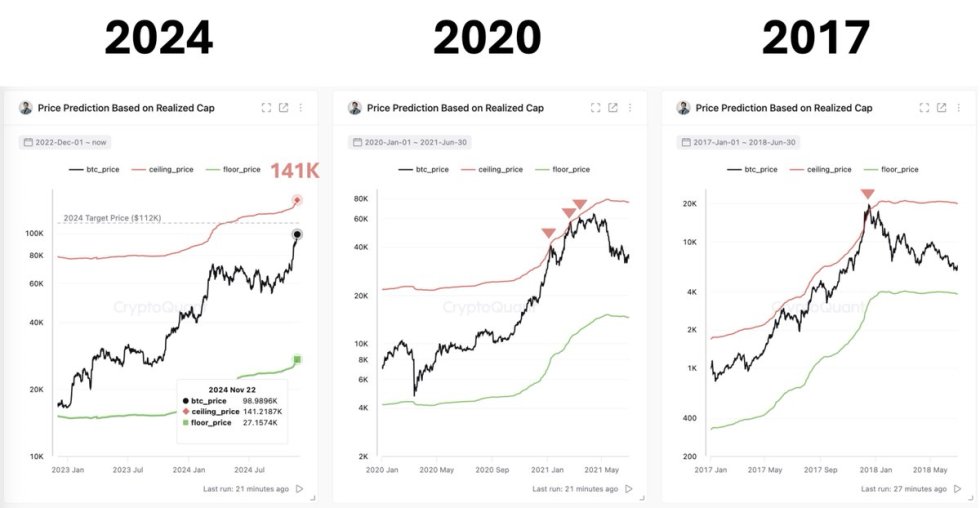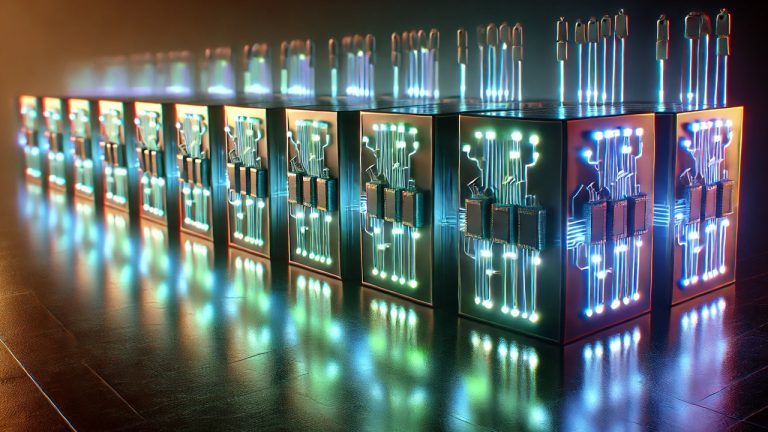It’s funny how people always seem to forget, or haven’t yet learned that the nodes storing Bitcoin’s blockchain would simply reject a miners 51% attack blocks, no matter how much of the hash rate hey had. All they would do is create a fork. One of many. It’s happened many times before.
If hashrate actually mattered, then shitcoins would be priced based on their hashrate, and not their network effect and user base.
It’s a 3 power system:
1-The nodes that store the blockchain network since its first transaction.
2-The users that use the network, choosing which blockchain has value with their usage of it.
3-The miners that hash it all out.
As long as The nodes and the users disagree on the block, then the opposing party just ends up creating a shitcoin.
Not every fork is the result of a network update that is rejected, some are from invalid blocks being accepted by miners and nodes who continue to mine and record that shitcoins chain, before usually reorganizing to mine Bitcoin’s actual blockchain that the users have chosen with their usage of Bitcoin’s main chain that nodes chose to record.
This has happened before in Bitcoin’s early days when the network was small and it didn’t cost and insurmountable amount of money to generate more hash-power than Bitcoin’s main blockchain people choose to use, and nodes chose to record.
All the majority hashrate attacker’s did was have their blocks rejected by the nodes and the users who chose what blockchain had value; Nodes with their voting power, and users with their spending/usage of Bitcoin’s blockchain.
Most users who even know how to collect their resulting shitcoin, on the copy of Bitcoin’s blockchain of the forked Shitcoin’s rejected blockchain’s blocks, just end up selling their shitcoin for more Bitcoin anyway, aka choosing to use Bitcoin instead, draining whatever value the forked off shitcoin may hold quickly.
So, awesome, you create a shitcoin, your best bet now is to go make a sub for it and talk about it there, because shitcoins aren’t Bitcoin no matter how much those like Craig W. L, Roger Ver, or any shady undoxxxed shitcoin creator tries to tell you they are just to raise the price of their forked off shitcoin.
All have failed miserably and haven’t convinced anyone that their shitcoin has more value than Bitcoin.
If they did, then their shitcoins wouldn’t be failing softwares slowly dying out in value.
Go ahead and fork off, happens a lot more than you know. But as long as the nodes and the users choosing the market don’t agree with the invalid blocks, then the miners just switch to wasting their electrically expensive miner’s time to mine a shitcoin.
See how long they keep that choice before they step back in line to ₿Itcoin, the Coin Nodes and the market have chosen as being the most valuable network since its inception over 13 years ago now.
If you still fear a 51% attack, then you still don’t understand Bitcoin. Keep studying though, you’ll get it one day.
Most of us were asking the same questions as you before we finally spent enough time learning about Bitcoin to better comprehend it.
You might as well be saying, what if someone creates a competitor to the internet? We’ll go ahead. See if the users choose to use it. Maybe you make some money, but the chances of you getting the users to use your internet instead of the already established one are slim.
Best case scenario, build on the internet users are already using, you’ll have an easier time grabbing market share that way through things like the lightning network, than creating a fork of rejected invalid blocks, all while wasting very expensive amounts of electricity to do so
Satoshi explains it way better than I can:
The proof-of-work also solves the problem of determining representation in majority decision making. If the majority were based on one-IP-address-one-vote, it could be subverted by anyone able to allocate many IPs.
Proof-of-work is essentially one-CPU-one-vote. The majority decision is represented by the longest chain, which has the greatest proof-of-work effort invested in it. If a majority of CPU power is controlled by honest nodes, the honest chain will grow the fastest and outpace any competing chains. To modify a past block, an attacker would have to redo the proof-of-work of the block and all blocks after it and then catch up with and surpass the work of the honest nodes. We will show later that the probability of a slower attacker catching up diminishes exponentially as subsequent blocks are added.
To compensate for increasing hardware speed and varying interest in running nodes over time, the proof-of-work difficulty is determined by a moving average targeting an average number of blocks per hour. If they're generated too fast, the difficulty increases.
Source: Satoshi white paper
TLDR: The white paper states that the CPUs storing the information of the blockchain are the ones who vote and verify which block is accurate. The miners just build the blocks, but the nodes vote on which block is valid and get accepted into the blockchain. If majority hash miners build invalid blocks, the nodes historically have always detected it and rejected those blocks. A checks and balances system that has worked for 13 years now.
[link] [comments]

You can get bonuses upto $100 FREE BONUS when you:
💰 Install these recommended apps:
💲 SocialGood - 100% Crypto Back on Everyday Shopping
💲 xPortal - The DeFi For The Next Billion
💲 CryptoTab Browser - Lightweight, fast, and ready to mine!
💰 Register on these recommended exchanges:
🟡 Binance🟡 Bitfinex🟡 Bitmart🟡 Bittrex🟡 Bitget
🟡 CoinEx🟡 Crypto.com🟡 Gate.io🟡 Huobi🟡 Kucoin.




















Comments